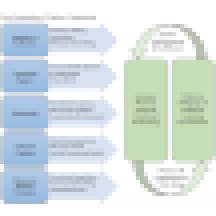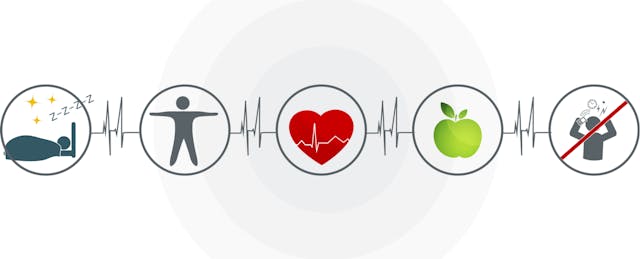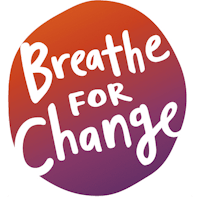It’s Tuesday morning at 11:30 AM, and Lauren is trembling with emotion in front of her 16 kindergarteners. At the same time, she’s looking over scripted SEL curriculum about emotional regulation. Just moments prior, one of Lauren’s students had scratched her until she bled and smacked her in the face in front of colleagues. Now, all Lauren can think about is that she can’t possibly cry and let her students see her sadness, embarrassment, and frustration. So she “pulls it together”, goes numb, and begins to read from her script in a robotic voice: “Step 1: the first step of emotional regulation is…”
Of course, no matter what the script says, her young students—who pick up more from body language and tone than from the meaning of words—are learning that emotional regulation means stuffing down your emotions and shutting yourself off from others.
Unfortunately, Lauren’s story is all too common. Classrooms today can be as stressful as the ER, which impacts social-emotional well-being among educators. Teachers are forced to resort to coping mechanisms, as Lauren’s story illustrates. Research has found that teacher stress can interfere with effective teaching of social-emotional learning to students.
Specifically, Breathe For Change founder Ilana Nankin’s research has demonstrated that the stresses of teaching all too often lead to a cycle of diminishing well-being for educators that negatively correlates to student learning.

Nankin herself had experienced this cycle of stress firsthand as a PreK teacher in San Francisco. She found that yoga and mindfulness helped her manage her stress. When she integrated these practices into her teaching, she saw transformational impacts on her students’ social-emotional and academic learning.
Motivated by her teaching experiences and the critical connection between teacher wellness and student social-emotional learning, Nankin formed Breathe For Change—a movement to empower educators as champions of well-being. And she set out to design a new curriculum that focuses on enhancing the social-emotional well-being of teachers.
Breathe For Change’s unique SEL*F curriculum honors the importance of the educator’s own self in the learning process. It integrates yoga, mindfulness, equity and inclusion, and social-emotional learning to support educators in being mindful, inclusive, present, and embodied when teaching their students. Since 2015, thousands of educators have been certified in the SEL*F curriculum that—according to New York educator Dina Mimnaugh—“takes teaching to a whole new level for students, their families, and colleagues.”
When educators take care of themselves, a positive cycle of social-emotional learning happens, and students become “much more connected to each other and the class environment,” says Elizabeth Kolar, a Bay Area elementary school teacher.

The results of this research align with simple logic. Just as a math teacher needs to learn math to be effective, educators wishing to teach and model SEL must first develop their own skills in self-awareness, self-management, social awareness, relationships, and responsible decision-making.
This video features Breathe For Change’s Two Word Check In SEL*F Strategy. Additional resources: Primary Strategy worksheet and Secondary Strategy worksheet.
This is where our curriculum is so critical. Fortunately, Lauren had been certified as a Wellness Champion in Breathe For Change’s 200-hr Wellness and Yoga Teacher Training. Later on during that challenging Tuesday, she was able to come back to the class and draw upon the two-word check-in SEL*F strategy to share what she had been feeling and authentically model how she had regulated her emotions. However, millions of educators across America haven’t had such training and are faced with situations like Lauren’s on a weekly or even daily basis.
These challenges have led many schools and districts to prioritize self-care for educators through mindfulness, yoga, and other wellness practices. This is a promising start. But it is critical that administrators recognize that the true solution is deeper than a few moments of mindfulness or a weekly yoga class.
Massachusetts principal Mike Lucas understands the importance of meaningful support for educators. He and his team were seeking a PD opportunity to reset culture, build capacity, and prepare to accomplish ambitious school goals around equity and inclusion in their community. They came across Breathe For Change’s new two-day SEL*F certification, and sent 19 high-school teachers to participate. Mike describes it as “the best professional development” his team has experienced.
In reflecting on the certification, Lucas stresses the value of having a space in which educators and administrators can get vulnerable and reconnect with their passion and purpose for teaching together. “Our teachers and I feel like we have grown as educators over those two days in our own hearts, and in our professional relationships with each other.” He adds, “these mindfulness methods are critical to our success.”

Educators and school leaders such as Lauren and Mike demonstrate that—even in today’s turbulent and fast-paced world—there is a way to reduce stress, enhance student SEL, and cultivate an inclusive and equitable school community. By embodying their own well-being first, teachers can model the social-emotional skills and facilitate the human connections that are all-too-often lost in our technology-driven world.

Wellness Happens Here
Breathe For Change offers numerous professional development opportunities, including two-day self-care and SEL training for educators, PD for schools and districts, and 200-hour wellness and yoga training in the following areas:
| Atlanta | Austin | Bay Area | Boston | Chicago | Denver | Detroit |
| Los Angeles | Madison | New York | Phoenix | Seattle | Tampa | Washington D.C. |



